Quantum-Secure
Identity & Access Management (IAM)

Overview
Quantum-Secure Identity and Access Management (IAM) is a critical component of cybersecurity that ensures the right individuals & Machines have appropriate access to sensitive data and technology resources by enabling visibility and control over who, where, and how within the organization. IAM helps organizations protect their assets by providing a structured approach to granting, monitoring, and restricting access based on user roles and contexts.This involves comprehensive policies and relevant technologies to manage user and macine identities to regulate access to sensitive data and systems no matter where they reside. The authentication of the users and machines relies on encryption algorithms to safegaurd the identities. Therefore, in order to have a fully matured IAM program that is future proof, these algorithyms will need to be updated with the latest quantum-secure algorhtyms to remain resilent from sophisticated attacks enabled by quantum computers and AI.
Did you Know?
79% of large companies had recent IAM related breaches, with an average cost of $4.45 million.
80% of IT leaders are expanding cloud-based IAM systems in the next 2 years.
63% admit critical access points are insecure and inadequate to respond to sophisticated threats.
74% of breaches involve misuse of privileged credentials.
75% of security managers in large enterprise are prioritizing spending on MFA and SSO.
17% minimum expected enterprise operational cost savings provided by automating IAM services.
Challenges
AI and Quantum Threats: Emerging AI-driven attacks and potential quantum computing risks challenge traditional IAM defenses.
Identity Management Complexity: Growing numbers of human and machine identities increase the complexity of secure management.
Lack of Holistic Strategy: Many enterprises lack a comprehensive IAM approach, leaving security gaps.
Scalability and Integration Issues: Ensuring IAM solutions scale and integrate with evolving technologies is challenging.
Regulatory Compliance: Evolving regulations complicate the implementation of robust, compliant IAM strategies.
Solutions & Technologies
Enterprise Proven Methodologies:
Zero Trust Security Framework
IAM Executive Blueprint
Comprehensive program value and outcome analysis
Tailored planning for technology integrations and mission critical systems prioritization
Establish enterprise wide people and process management protocols, documentation, training
Fully managed program orchestration and support.
Best of class solutions:
Identity Governance & Administration (IGA)
Privileged Access Management (PAM)
Identity Federation & Single Sign On (SSO)
Multi-Factor Authentication & Biometrics (MFA)
User & Entity Behavior Analytics (UEBA)
Machine Identity Management (MIM)
Customer Identity and Access Management (CIAM)
Know Your Customer (KYC) + Identity Verification (IDV)
Benefits
Advanced Security: Enabling zero trust strategy, significantly reduces breach risks by enforcing strong authentication and least privilege access, with real-time threat detection across the enterprise.
Regulatory Compliance: Ensures adherence to industry regulations with automated access controls and detailed audit logs.
Operational Efficiency: Automates identity management, reducing IT workload, minimizing errors, and improving user experience.
Cost Savings: Prevents breaches and cuts down on manual processes, leading to significant financial savings.
Business Agility: Supports rapid adaptation and scaling, enabling secure access across growing and evolving enterprises.
QC Approach
Discovery and Strategic Alignment: Assess current security posture, align Zero Trust goals with business objectives, and secure stakeholder buy-in.
Design and Architecture: Develop a scalable, quantum-safe Zero Trust architecture tailored to organizational and industry needs.
Deployment and Integration: Implement prioritized solutions, integrate with existing systems, and automate key security operations.
Optimization and Maturity: Refine policies, expand automation, and scale the program to ensure long-term efficiency and resilience.
Continuous Risk Assessment and Management: Monitor emerging threats, update cryptographic defenses, and conduct regular audits to maintain resiliency.
Relevant Insights

